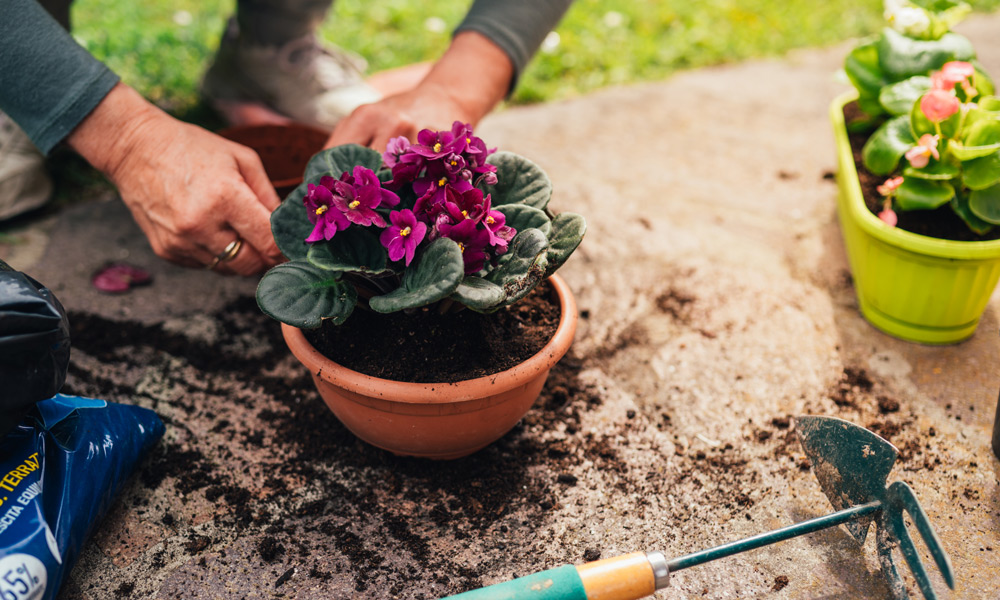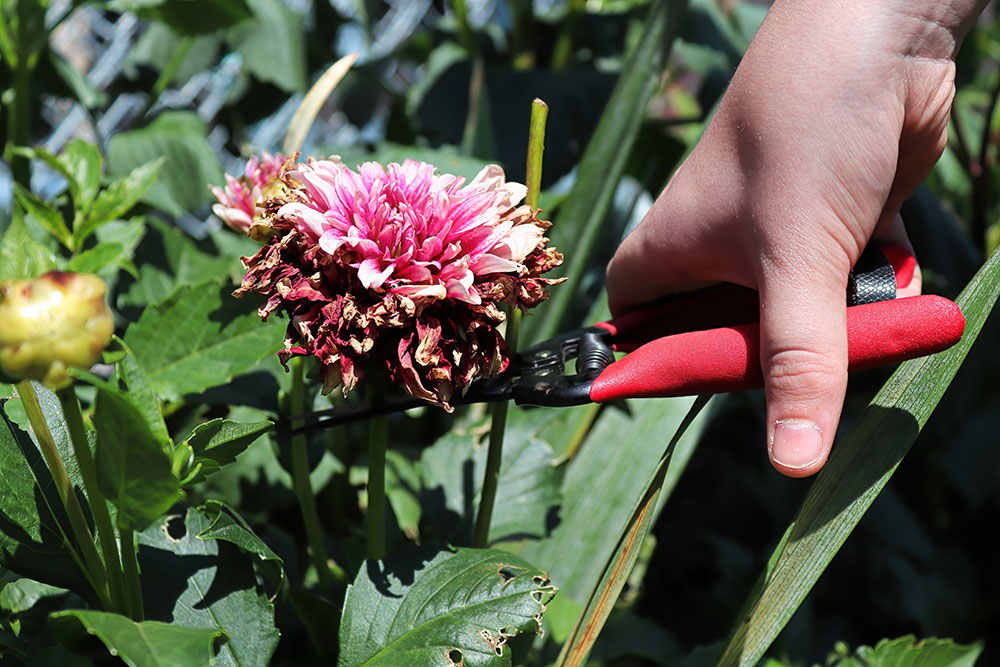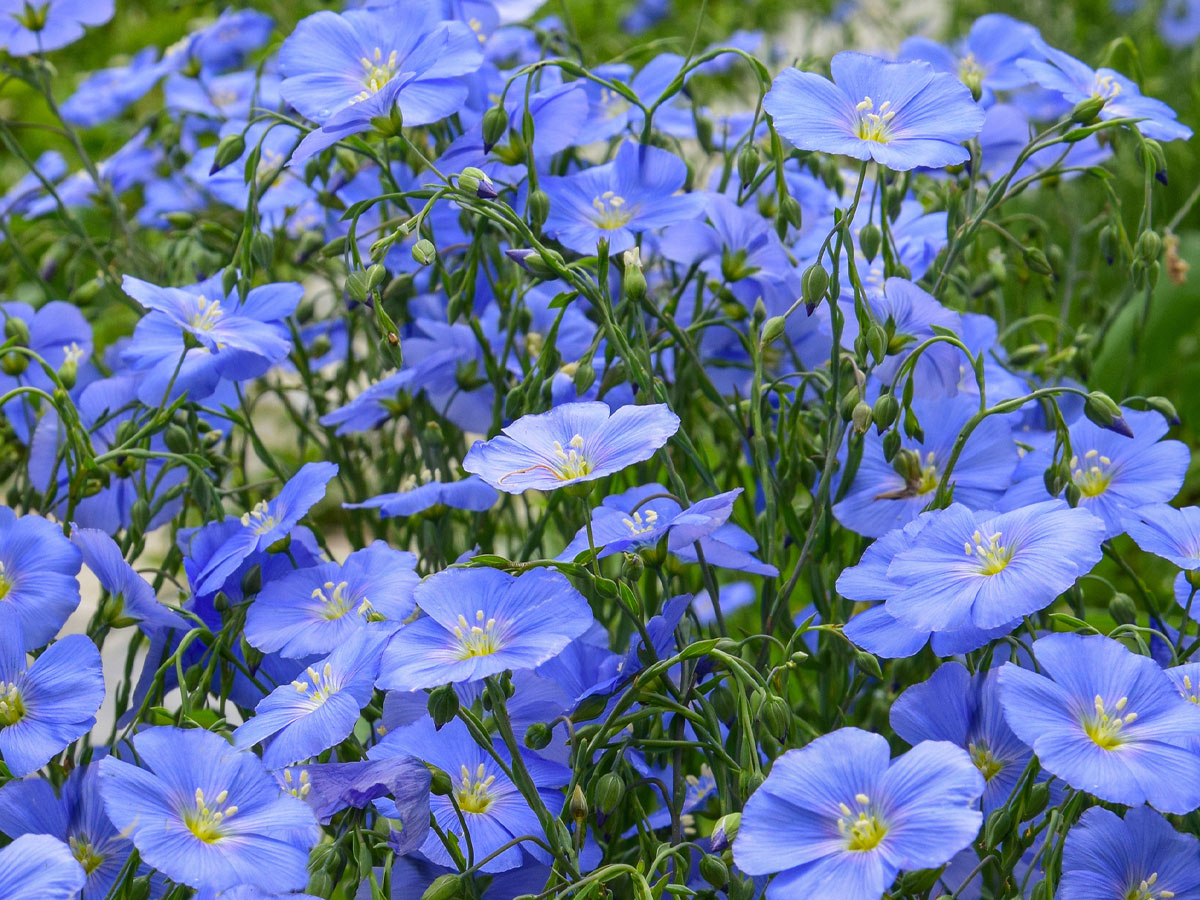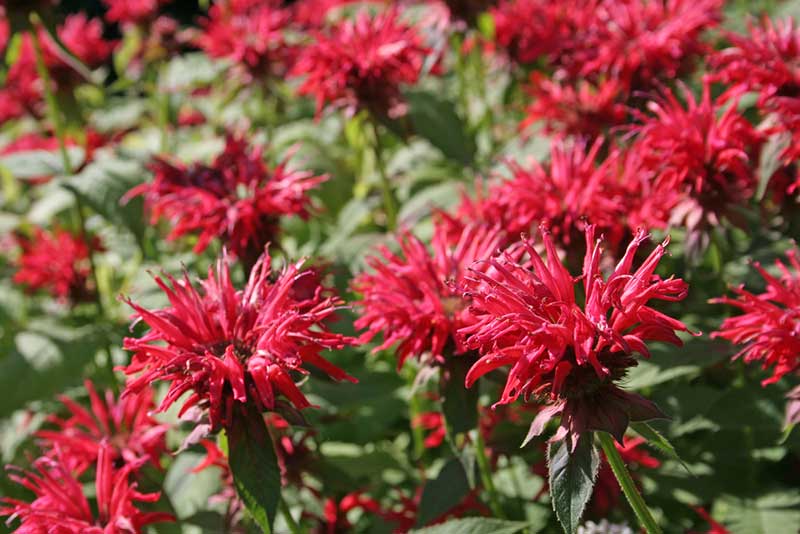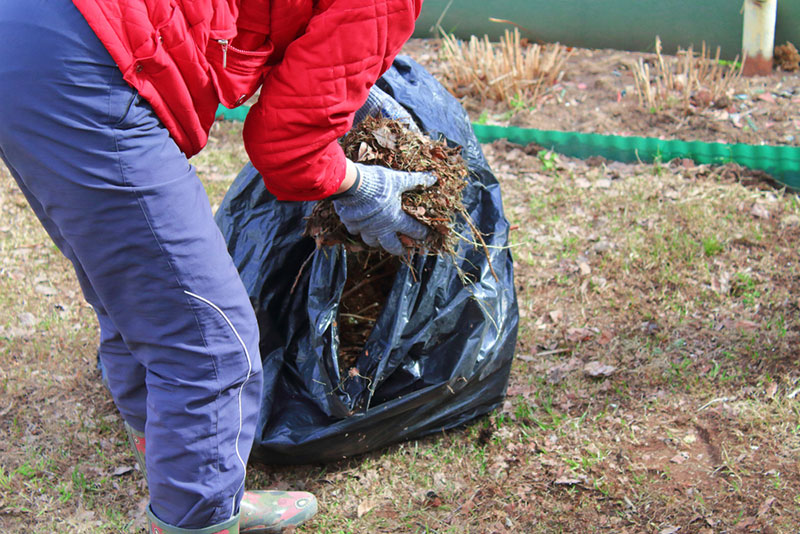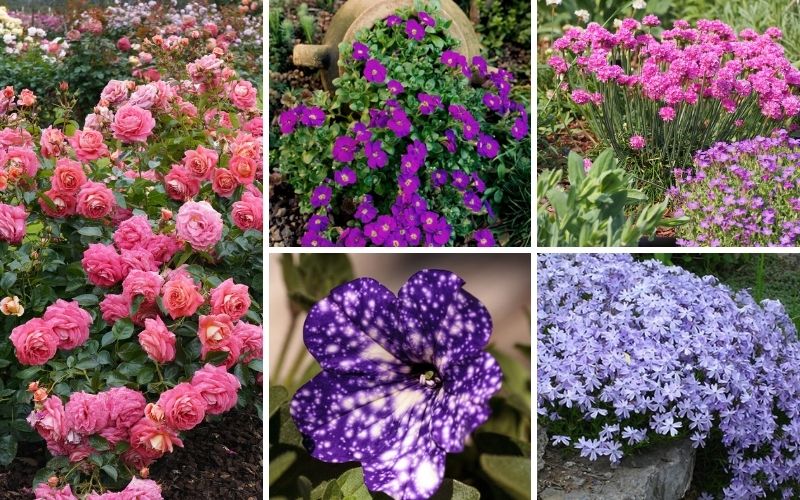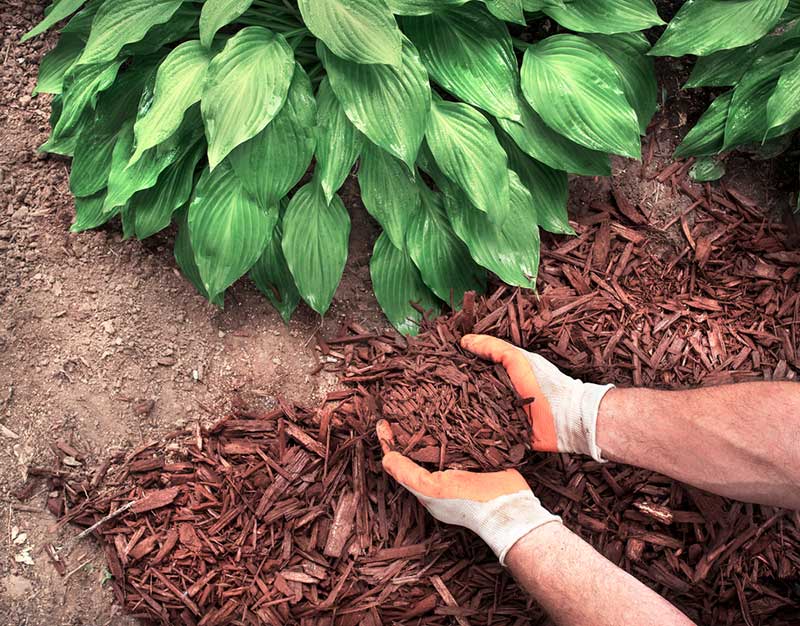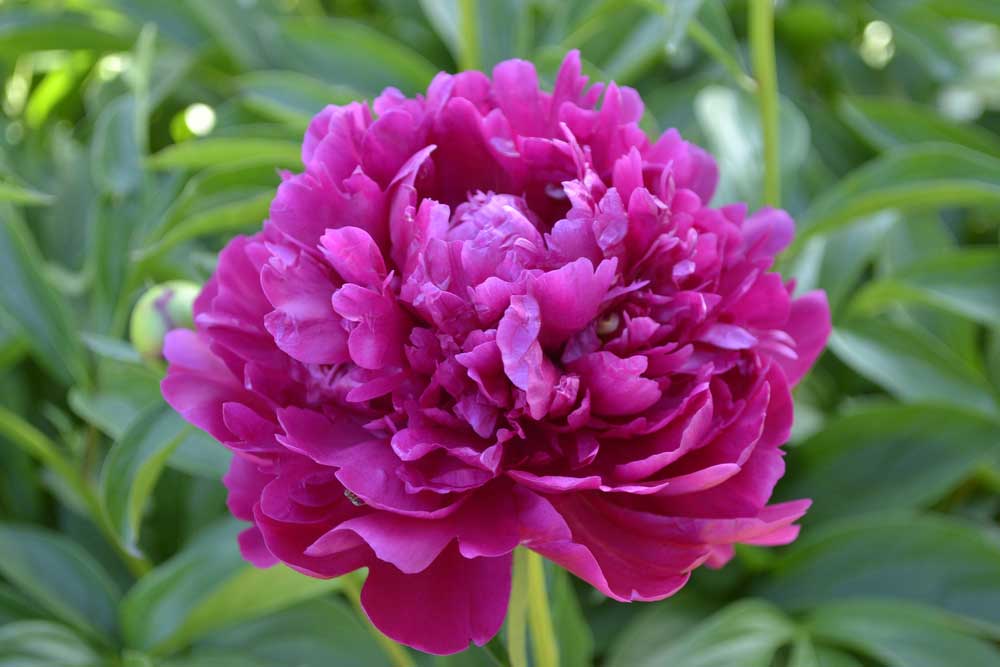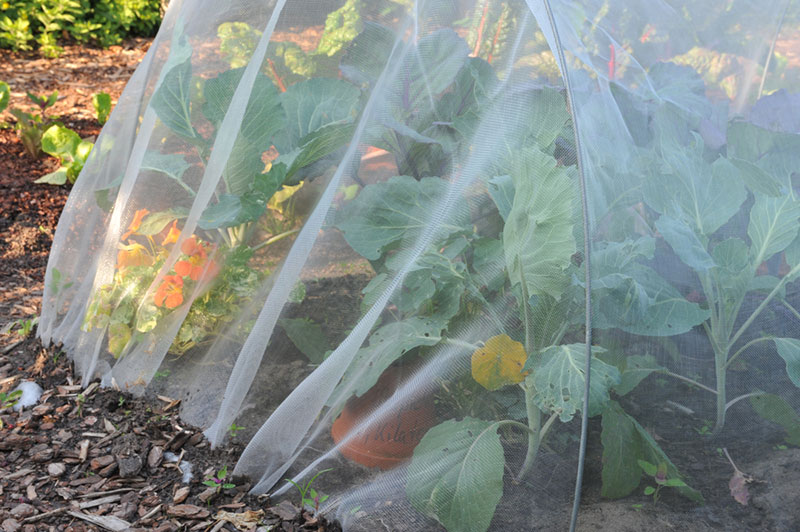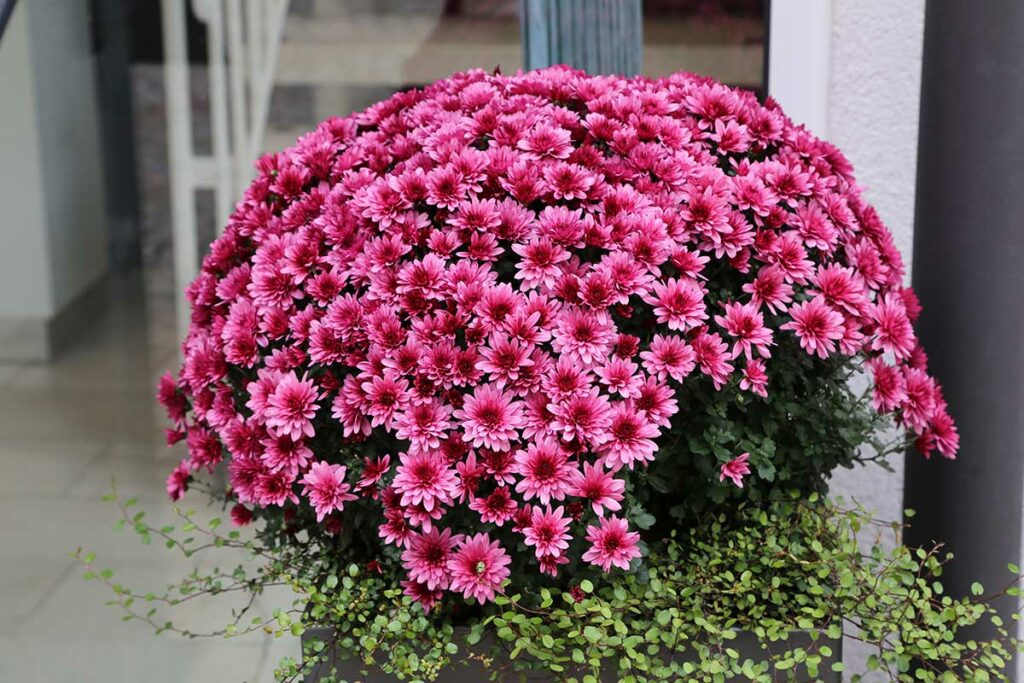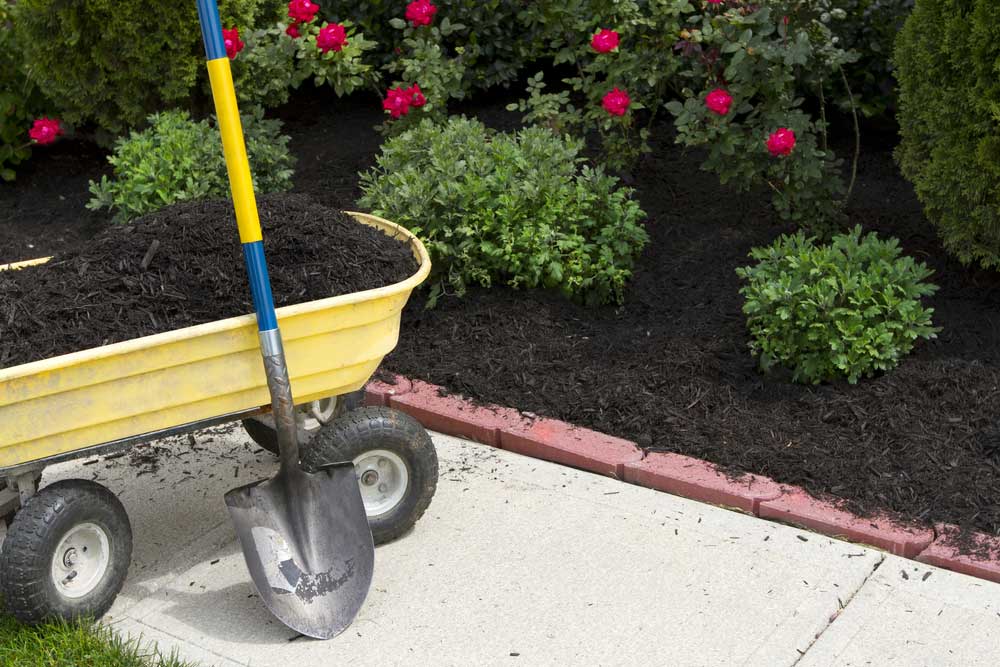
We all want our gardens to thrive, but what if I told you that one of the most common gardening practices might actually be hurting some of your plants?
Today, we’ll look at a mulching mistake that’s more common than you might think – and I’ll share which plants are secretly begging you to stop piling on that organic matter!
But first, let’s go over why this matters. Mulch can be a garden’s best friend, helping retain moisture, suppress weeds, and regulate soil temperature. However, not all plants appreciate this well-intentioned gesture.
Some plants have evolved to thrive in specific conditions that mulch can actually disrupt.
Understanding which plants love mulch and which ones hate it can make the difference between a thriving garden and one that’s struggling to survive.
5 Plants That Hate Mulch (Stop Mulching These!)
1. Lavender
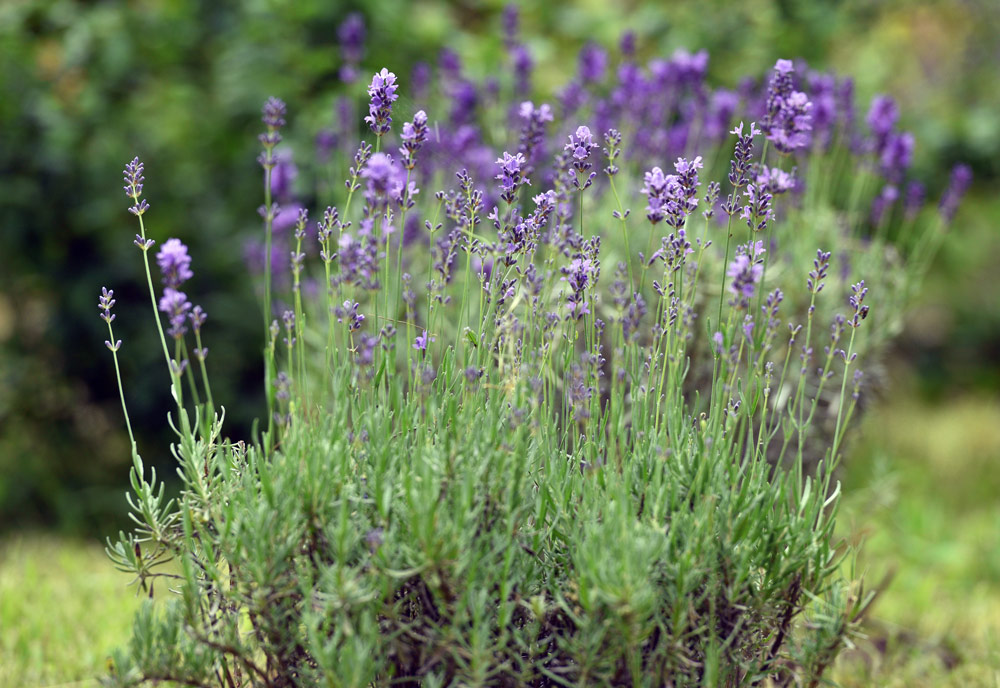
Does your lavender look a bit droopy despite your best efforts? You might be loving it to death with mulch! Lavender is a Mediterranean native that absolutely despises excess moisture around its roots. These aromatic beauties have silvery, needle-like leaves that are perfectly designed to handle dry conditions, but organic mulch creates the humid environment they’re trying to avoid.
If you’re looking to keep your lavender happy, plant it in well-draining soil and skip the mulch entirely. Instead, you can use a thin layer of gravel or small stones around the base – this gives you the aesthetic appeal of ground cover while allowing proper drainage. Lavender’s natural habitat is rocky, dry hillsides, so think Mediterranean, not moisture-retentive!
2. Lamb’s Ear

Here’s a plant that wears its preferences on its sleeve – literally! Those soft, woolly leaves aren’t just for show; they’re a sophisticated water-repelling system. Lamb’s ear has evolved those fuzzy, silvery leaves to shed moisture quickly, but mulch creates exactly the opposite environment.
When you pile organic mulch around lamb’s ear, you’re essentially creating a humid microclimate that can lead to fungal problems and root rot. The plant’s woolly foliage is designed to stay dry, and excessive moisture from decomposing mulch can cause the leaves to turn brown and mushy. Instead, give these plants excellent drainage and let them enjoy the air circulation they crave.
3. Bearded Iris
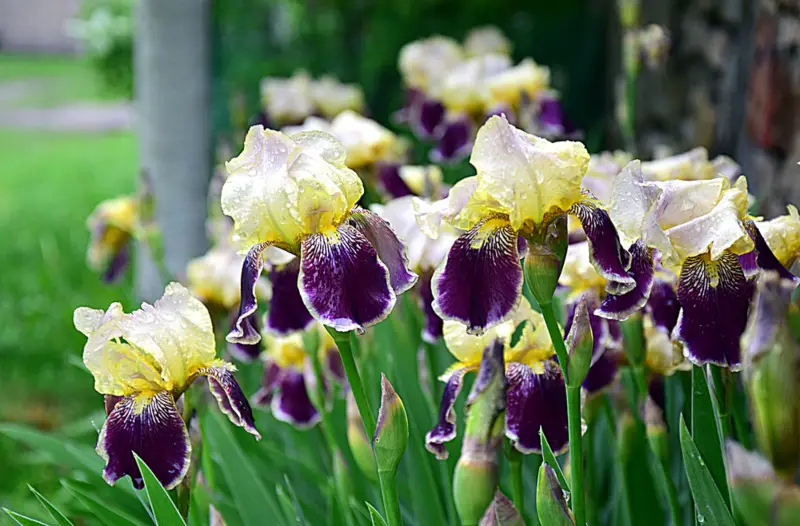
But what about those gorgeous bearded iris that seem to struggle year after year? The answer might be simpler than you think. Iris rhizomes – those thick, fleshy root structures – need to be partially exposed to sunlight to thrive. When you mulch around iris, you’re essentially burying these rhizomes and creating conditions that encourage bacterial soft rot and other fungal diseases.
Iris rhizomes should sit right at the soil surface, with their tops visible like little logs lying on the ground. Mulch not only covers these rhizomes but also holds moisture against them, creating perfect conditions for disease. If you want spectacular iris blooms, resist the urge to mulch and instead focus on good drainage and proper rhizome positioning.
4. Daylilies (Sometimes?)
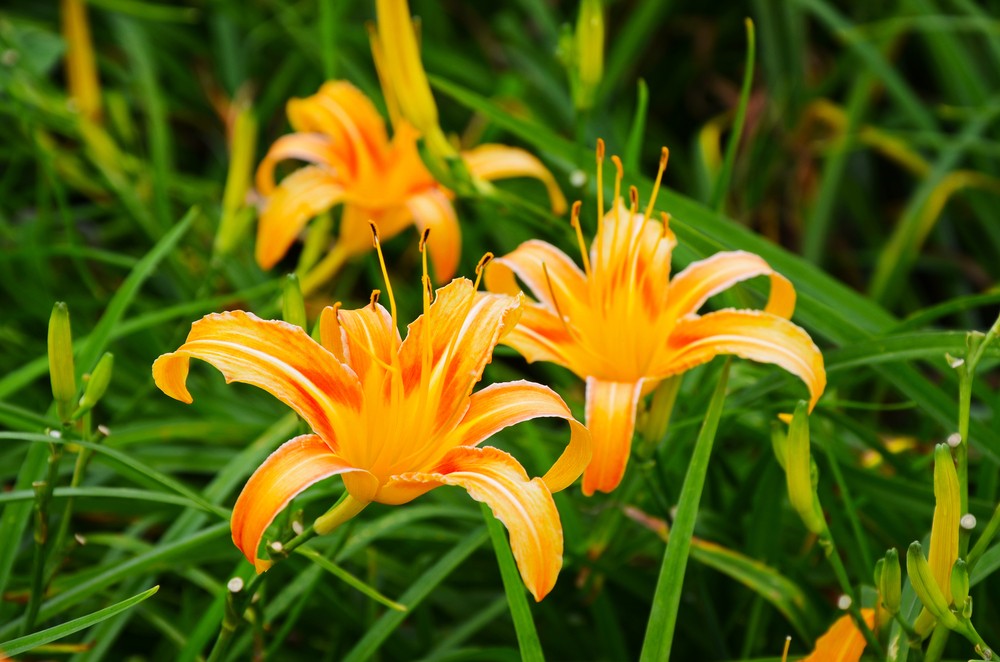
You might be surprised to see daylilies on this list, as they’re often touted as low-maintenance plants. While they can tolerate some mulch, they definitely don’t need it and can suffer from too much organic matter around their crowns. Daylilies grow from thick, fleshy roots that can rot if kept too moist, and excessive mulch can create soggy conditions they simply don’t appreciate.
These hardy perennials prefer to have their crowns – the area where the leaves emerge from the soil – kept relatively dry. Too much mulch can also prevent the natural division and spread of daylily clumps, leading to overcrowded, less vigorous plants. For best results, keep mulch away from the immediate crown area and use it sparingly, if at all.
5. Mediterranean Herbs (Rosemary, Thyme, Oregano)
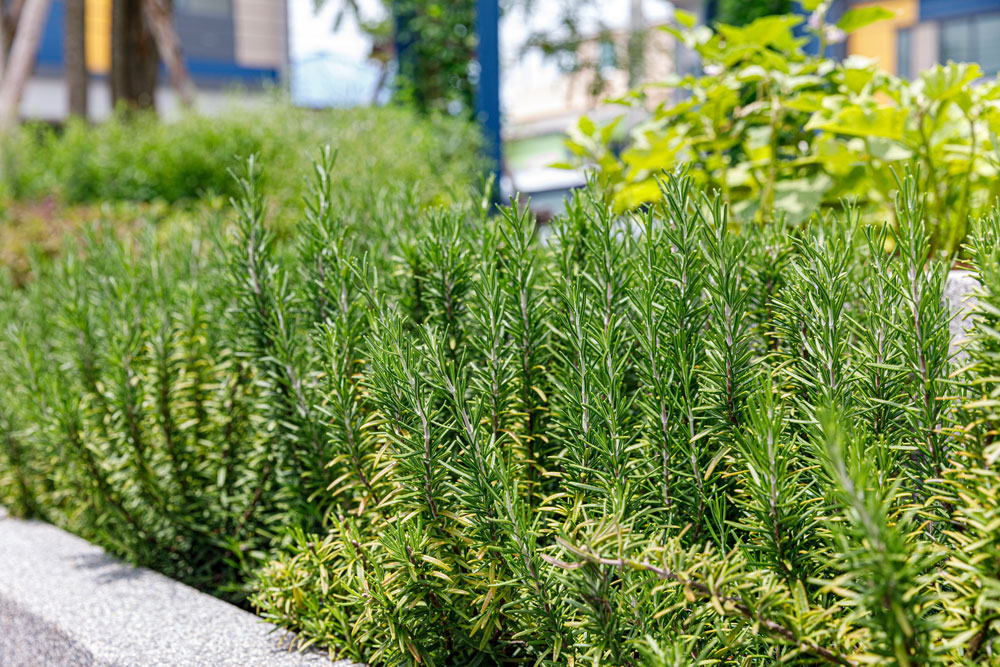
Let’s group these together because they all share the same Mediterranean heritage and mulch preferences – or rather, lack thereof! Rosemary (Rosmarinus officinalis), thyme (Thymus vulgaris), and oregano (Origanum vulgare) are all drought-adapted plants that have evolved to thrive in lean, well-draining soils.
These herbs develop better flavor and stronger growth when they’re slightly stressed by dry conditions. Mulch not only holds moisture they don’t want but also adds nutrients they don’t need.
Rich, moist soil can make these plants grow too quickly, resulting in weak, floppy growth with less concentrated essential oils – which means less flavor and fragrance for your cooking!
5 Plants That Desperately Need Mulch
1. Hostas
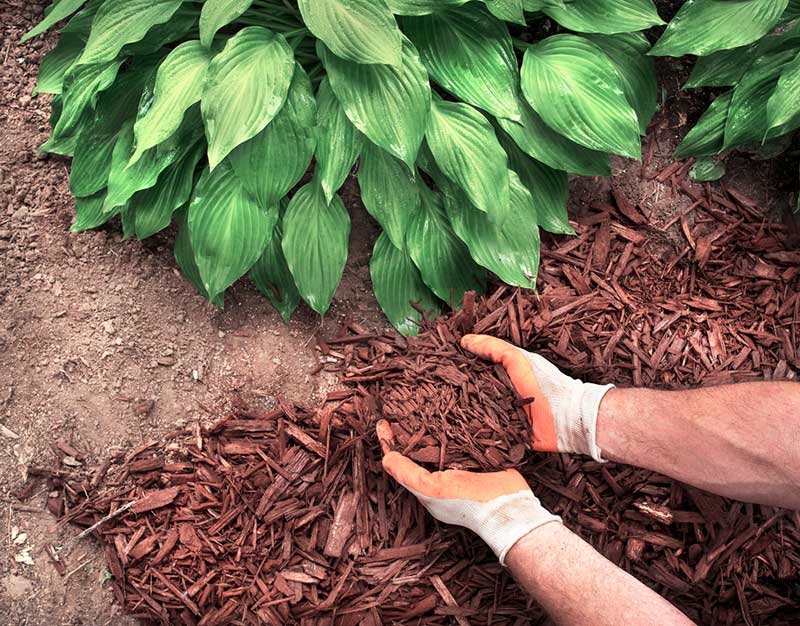
Now let’s talk about plants that absolutely love mulch! Hostas are the poster children for mulch-loving plants. These shade garden favorites have shallow root systems and large leaves that lose a lot of water through transpiration. They need consistent moisture to maintain those gorgeous, broad leaves, and mulch is their best friend for achieving this.
A thick layer of organic mulch around hostas helps retain the consistent moisture they crave while also suppressing weeds that would compete for nutrients. The decomposing mulch also feeds the soil, creating the rich, organic environment that hostas need to reach their full potential. Use a 2-3 inch layer of shredded bark, compost, or leaf mold, and your hostas will reward you with lusher, more vibrant foliage.
2. Tomatoes
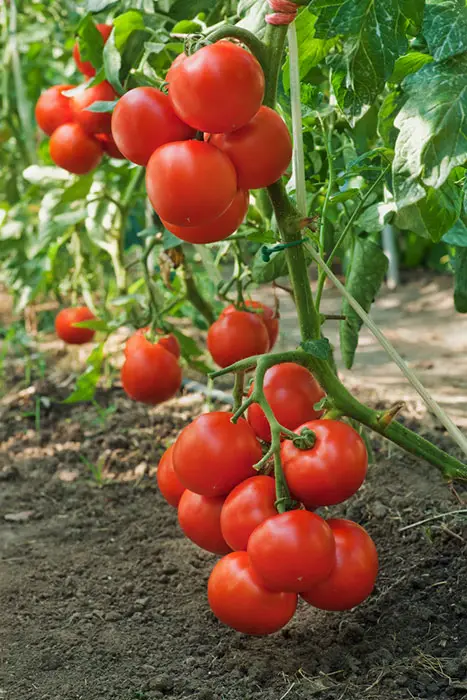
If you’re growing tomatoes, you absolutely need to mulch them! These heat-loving plants have a love-hate relationship with water – they need consistent moisture but hate wet leaves. Mulch solves this problem beautifully by maintaining even soil moisture while keeping water from splashing up onto the leaves during watering or rain.
Consistent soil moisture is crucial for preventing problems like blossom end rot and cracking in tomato fruits. Mulch also helps suppress weeds that would compete with your tomato plants for nutrients and water. Use organic mulches like straw, grass clippings, or shredded leaves, and apply them after the soil has warmed up in late spring.
3. Azaleas and Rhododendrons
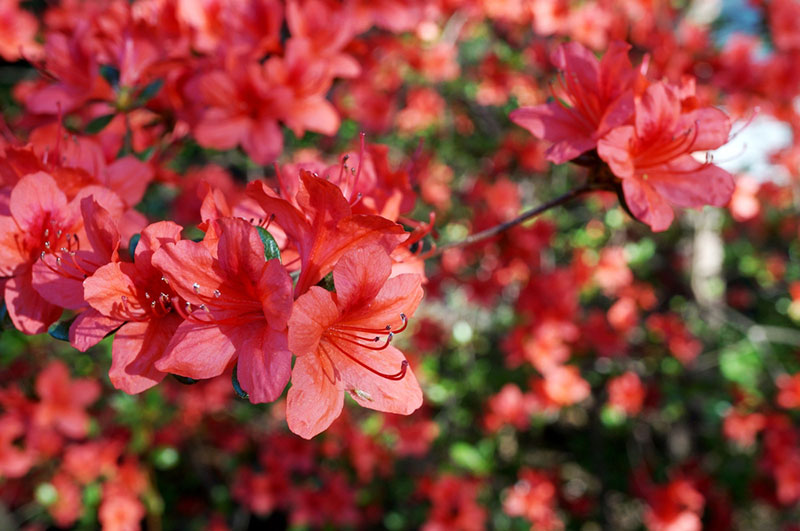
Here’s where things get interesting – azaleas appear on some “don’t mulch” lists, but that’s usually referring to excessive mulching, not appropriate mulching. These acid-loving shrubs have shallow, fibrous root systems that benefit greatly from a proper mulch layer that isn’t too thick.
Azaleas and rhododendrons need consistent moisture but also require good drainage. A 2-inch layer of organic mulch helps maintain the acidic soil conditions they prefer while protecting their shallow roots from temperature extremes. Pine needles are an excellent choice because they’re naturally acidic and break down slowly. Just remember: mulch these plants, but don’t bury them!
4. Hydrangeas
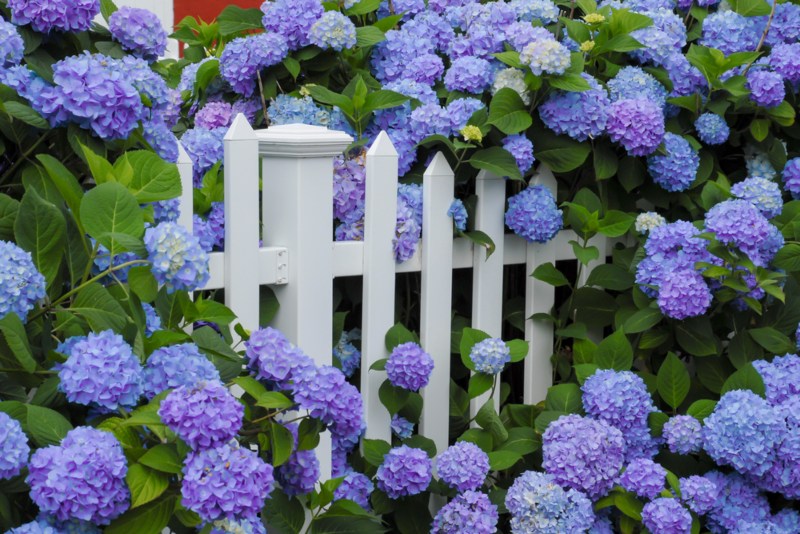
Hydrangeas are water-loving plants – their name literally means “water vessel” in Greek! These moisture-hungry shrubs have relatively large leaves and produce abundant blooms, both of which require consistent water availability. Mulch is essential for keeping hydrangea roots cool and moist during hot summer months.
Without adequate mulch, hydrangeas will show their stress quickly through wilted leaves and poor flowering. A 3-4 inch layer of organic mulch not only helps retain moisture but also moderates soil temperature, keeping roots cool during summer heat. This is particularly important for hydrangeas planted in areas that receive afternoon sun.
5. Newly Planted Trees and Shrubs
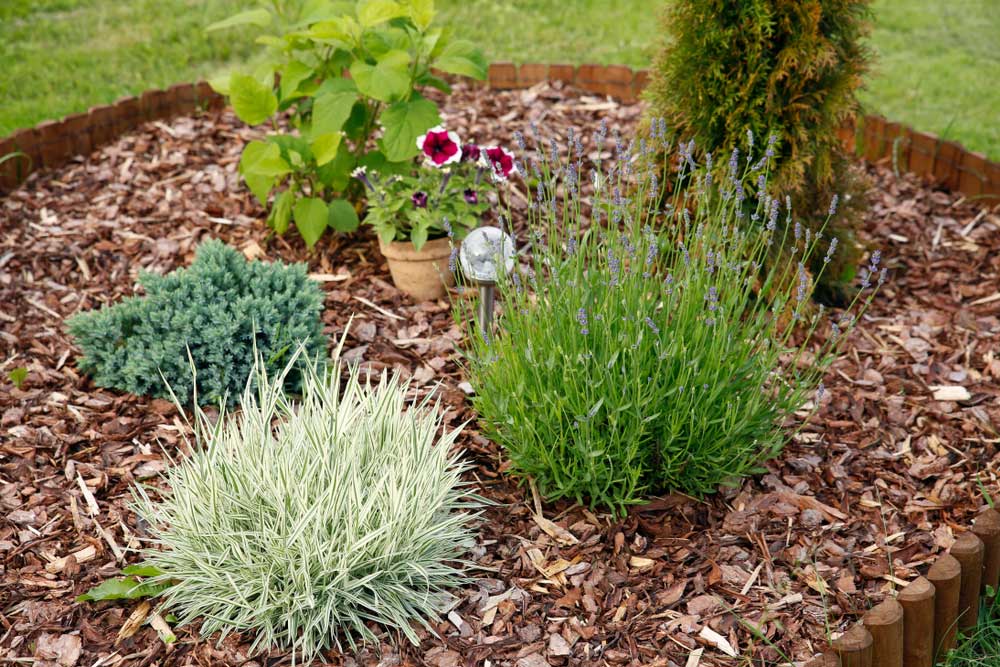
Any newly planted woody plant desperately needs mulch to help establish strong root systems. Young trees and shrubs haven’t yet developed extensive root networks, making them particularly vulnerable to drought stress and temperature fluctuations.
Mulch provides a protective buffer that can mean the difference between success and failure for new plantings.
Proper mulching around new trees and shrubs helps retain moisture, suppress competing weeds, and regulate soil temperature. This creates ideal conditions for rapid root establishment.
Just remember the golden rule: keep mulch 3-4 inches away from tree trunks to prevent pest and disease problems while extending the mulched area out to the drip line if possible.

